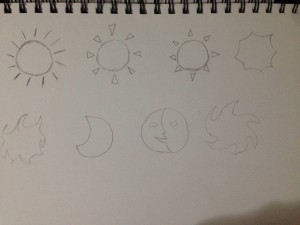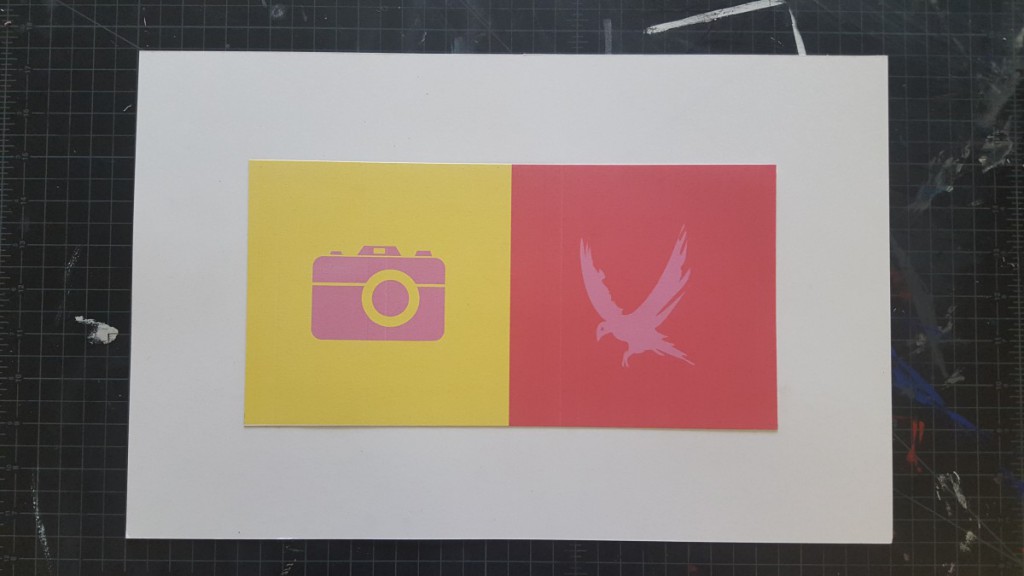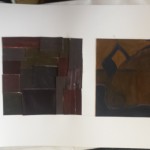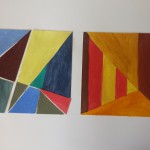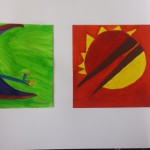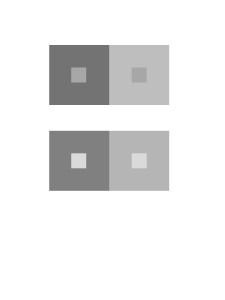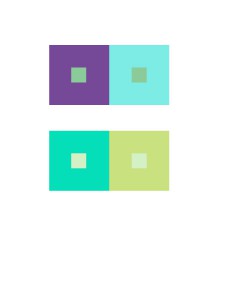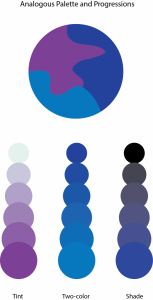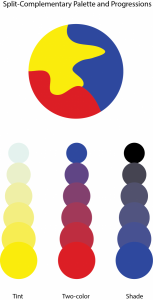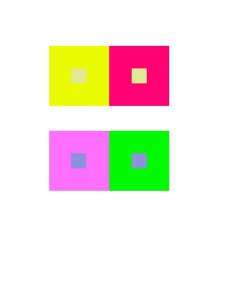This exhibit is presented by YingYang Zhang. Born and raised in KaiPing, China, then moved to New York where he now lives and studies. Tom Phillips, a British artist who began creating altered books called Humument at 1966. He altered every pages of a second-hand book by painting, collage and cut-up techniques. Phillips already published five versions of Humument. Yang combinded the concepts of Phillips’ Humument and what he learned from Graphic design principle 1100 and English 1101 to create his own Humument. The book Yang used is Of Mice and Men. The book is about George and Lennie’s ambition of owning their own ranch, and the obstacles that stand in the way of that ambition, reveal the nature of dreams, loneliness, and sacrifice. Yang really like those themes that revealed from that book, because he understands that if you want to make your dream comes ture, you must experience lonliness and sacrifice. Outside the book, Yang also came up with another theme that relate to dream—-freedom. Yang has lived in China for 16 years. He has seen many people’s dream being limited since they were children. In China, getting a good grade is more important than almost everything. Some parents would force their kids to study very hard. They don’t even have the freedom to do what they want, not to speak of their dream. Yang feels regret for those children, so he decided to create these themes in three different pages for his Humument. To create the pages, Yang used X-Acto knife, black bristol, glue, No. 6H pencil and black big brush. For the first page, Yang named it Route of Dreams. It represents Of Mice and Men’s themes of dreams and loneliness, Yang used an X-Acto knife to cut out shapes of a dark cloud, lightning, and a bird from black bristol, then glued them on the page to create the obvious composition. The dark cloud and the lightning stand for the obstacles of our dreams, and the bird is used to represent loneliness. On the way to achieve our dreams, we would encounter situations that no body could help, we have to go through it by ourself. We might feel lonely, but we have to get used it. The second page is called Broken. It represents Of Mice and Men’s theme of sacrifice, Yang used a No. 6H pencil and a black big brush to create the concept of pattern. Yang used the No.6H pencil to draw the shape of the pattern, then filled it with the black big brush. The irregular lines staggered together makes it look like a broken mirror, represent the idea of sacrifice. In order to achieve our dreams, sometimes we might need to do some sacrifices. We might need to sacrifice our time, money, hobby, or mate. Yang believes all the sacrifices would be worth at the end. For the third page, Yang called it Freedom. He used a No. 6H pencil and a black big brush to create the concept of overlap. Yang first used the No.6H pencil to draw the outline, then filled it with the black big brush. In this page, you only see part of the heart. And the heart is separating in birds shape. Presenting the idea of freedom. Yang wants to appeal some parents not to limit their kids, let them be what they want to be.

